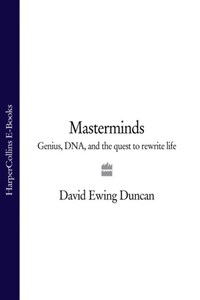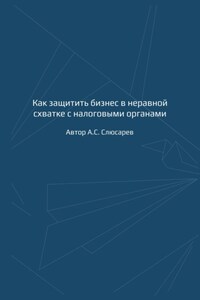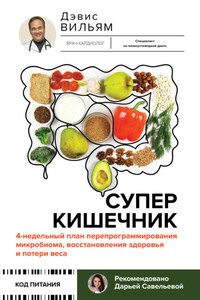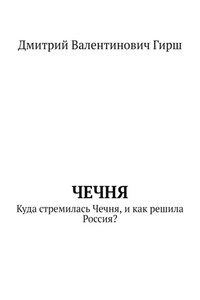I’ve had to face up to the
fact that most of our society
thinks of scientists as people
who are likely to do something
bad. Either bad to make
money for themselves, or
to cause trouble in the
Frankensteinian sense.
And the fact is, scientists
that I know are trying to do
good for people.
—Douglas Melton
Harvard embryologist
It is not possible to be a
scientist unless you believe
that the knowledge of
the world, and the power
that this gives, is a thing
which is of intrinsic value
to humanity, and that you
are using it to help in the
spread of knowledge, and
are willing to take the
consequences.
—Robert Oppenheimer
November 1945
There’s a high probability that for Homo
sapiens, the process of evolution as we
currently think about it, as natural selection,
is for all intents and purposes over. It is
going to be replaced by our desire and
capability to tinker.
—Stuart Schreiber, Harvard geneticist
I’m playing hoops with Erik the Red on a half-court at the ends of the Earth, and he is toying with me. Also Iceland’s most famous geneticist, he’s dribbling a basketball in a Reykjavik gym on a typically damp, cold day in August near the Arctic Circle. Notorious for being rude, as well as brilliant and filled with an infectious passion, Kari Stefansson, a descendent of Erik—an early Viking explorer and marauder—insisted that I go one on one.
Every day at 2:00 P.M., when he’s not wandering the globe rustling up cash or giving talks, Stefansson drives from his office downtown across this speck of a capital city, home to nearly all of Iceland’s 290,000 people, to a gym that requires a retinal scan to enter (Icelanders love gadgets). Just beyond the gym’s parking lot the city ends and a hardened lava field begins, though this is hardly a landmark in Iceland. Here the black rock everywhere remains raw, hardened in waves and eddies, once lava-hot, covered only by a thin veneer of lime-green moss. Overhead, the sky boils with immense gray-white clouds that turn nearly black above a ridge of distant mountains where active volcanoes still blow off steam. The land looks ripped from a primeval moment in history, when cones spewed ash and fire and Titans roamed the Earth.
It’s a fitting place for Stefansson to be exploring the raw ingredients of life, the nucleotides and other molecules that he first began to study as a medical student at the university here before moving on to the University of Chicago and then to Harvard. There, as a medium-important neurologist, he delved into the mechanics of multiple sclerosis and other maladies of the brain. At first, before new technologies made deoxyribonucleic acid (DNA) easier to work with, he cut open the brains of persons who had died of neurological disorders. Later, he parsed out their DNA, looking for links. But the academic approach was too slow, so in 1996 he returned home to Iceland to start a company.
On the court Stefansson destroys my pathetic game, despite being fifty-six years old to my forty-four, a difference he notes everytime he overpowers me to plant a basket. At six feet, five inches, with close-cropped white hair, a pointed beard, and biceps that bulge out of the tight black designer T-shirts he tends to wear, Stefansson looks as formidable as his wild-eyed Norse forebears in the Icelandic sagas he likes to read, those hairy warriors who sailed in flat-keeled longboats one thousand years ago, snatching women from the British Isles and taking them to this bleak edge of the earth.
I haven’t played basketball in years. When I finally grab the ball he flashes me a glare that Erik might have used before hacking to death an enemy in the tenth century.
Prior to playing, we had been talking about a test that Stefansson’s company, deCode Genetics, had just run on my DNA, a journalist-as-guinea-pig experiment to check my nucleotides for genes associated with disease. Back in the States, I had a lab extract three vials of my blood to ship on dry ice to Reykjavik. deCode’s technicians then plucked out my DNA from the white blood cells and tested it against the company’s database of genetic maladies. Do I have a genetic proclivity for heart disease, Alzheimer’s disease, osteoporosis, anxiety? “We will tell you if you are crazy, or if you might die of a stroke. You will become our first American lab rat,” he had told me a few months earlier, when we met during a biotech conference in New York.








